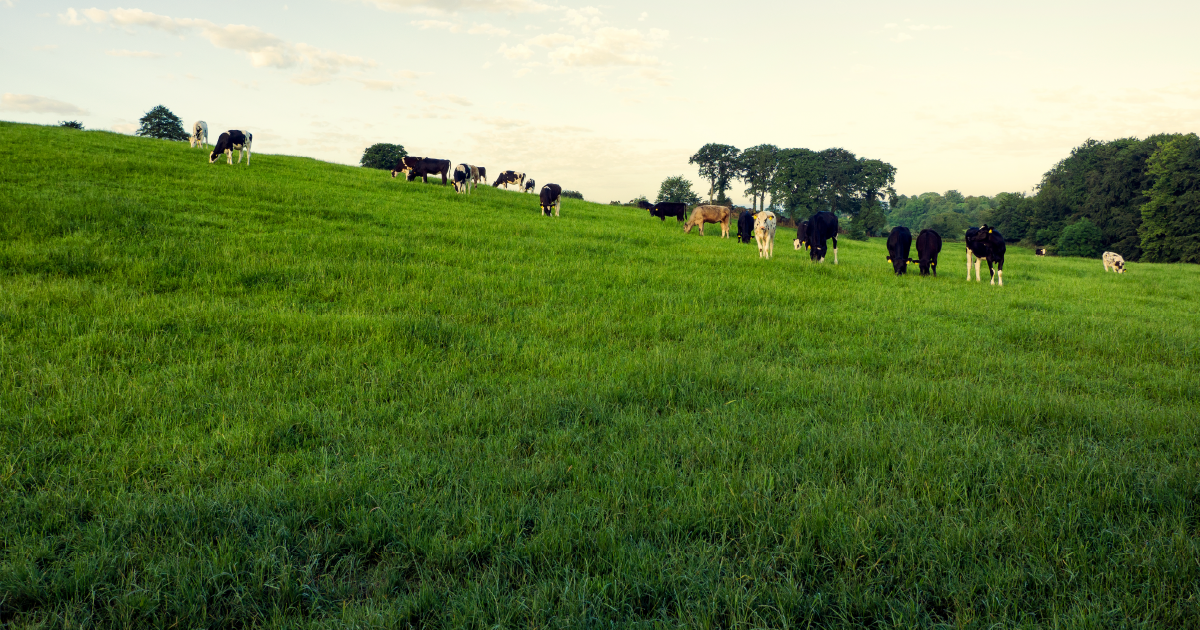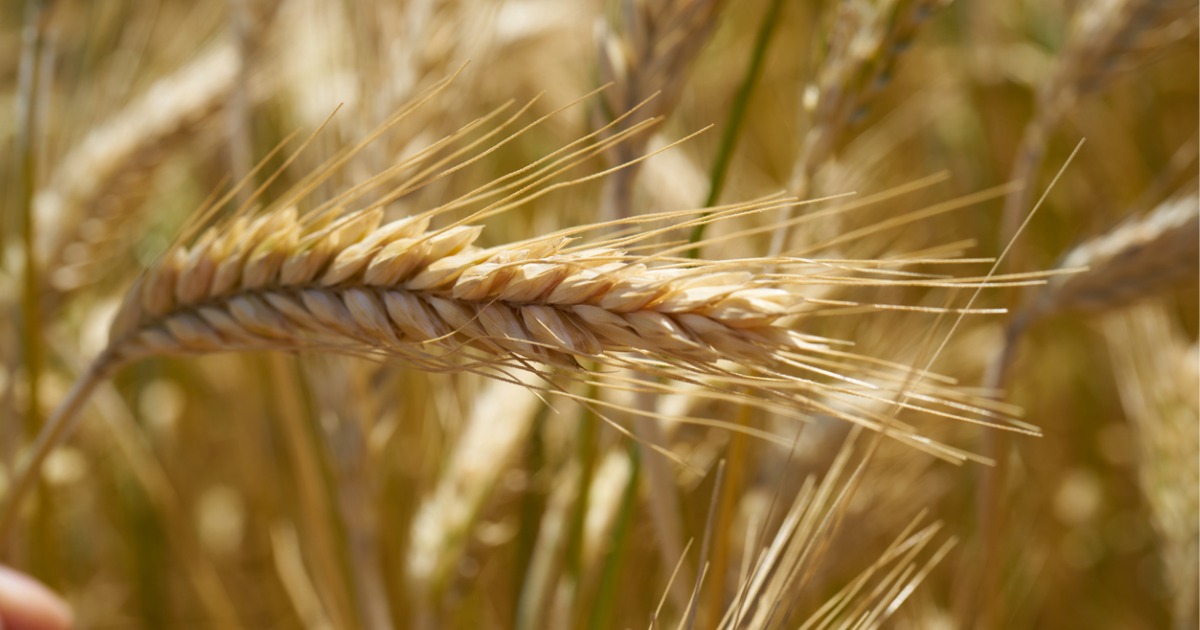With huge scope to maximise productivity from forage, Wynnstay has launched a new Forage4Profit campaign, which is designed to support farmers to improve meat or milk from forage.
The 2022 Kingshay report indicates that the average milk from forage on UK dairy farms is 2,900 litres, showcasing that there is huge scope for improvement, with some of the best farms reaching over 5,000 litres.
Forage4Profit focuses on four key areas taking forage from field to feed out. This includes soil health, seed selection, crop preservation and ration formulation.
In Season 3, Episode 4 of the Wynnstay Agri-Hub Podcast, Bryn Hughes our National Sales Development Manager for Sheep and Beef gives his advice to maximise profit from home-grown forage.
What is Forage4Profit?
With the ideal climate for growing grass and other forage crops, forage is a fundamental part of UK livestock production. Our new Forage4Profit campaign covers all the key areas that should be taken into consideration to produce forage in a profitable manner.
When done well, home-grown forage can have a huge impact on the profitability of a farm in all three ruminant sectors – dairy, beef and sheep.
The average milk from forage figures from Kingshay, stated as being 2,900 litres, can be deceptive – as there’s a huge variation across UK dairy farms.
For every 1,000 litres of milk produced from forage, 460kg is required in concentrates and so it is important to be making the most efficient use of purchased feeds and if you have got high-quality forage available, this is much easier.
Soil health
Soil health is a good starting point, to maximise crop performance, by providing the ideal growing conditions.
Typically the biggest challenge in this area is the lack of analysis – Wynnstay undertake thousands of soil samples a year, but 75% are below target levels, however, this is a skewed statistic as people tend to only test when they have a problem.
More advanced soil analysis allows us to look at soils in much more detail. In addition to looking at the chemical analysis, it provides a robust analysis of the biological action and physical quality of the soil.
It looks at the carbon levels which is an important metric as higher carbon soils tend to have higher organic matter and therefore be more fertile.
The suggestion isn’t to undertake this across the whole farm, as it is quite expensive, but taking a small number of samples in areas where you feel improvements can be made, is a good investment.
Silage analysis is common practice on farms and soil sampling should be too.
It’s important to flag that you cannot always solve every problem, but you can get the chemistry right. Also making changes such as not over-applying slurry, looking at drainage or even just digging a hole to look at soil structure can help optimise soil health.
Seed selection
Once you have tested the soil and corrected any imbalances, it is then important to get the seed selection correct.
70% of the soil in the UK is used to grow food for livestock and so often when the seed goes into the ground the end product is not the crop, it is a litre of milk or a kilo of lamb or beef.
Factors to consider when selecting seed are:
- Soil type
- Weather conditions
- End market
When it comes to growing home-grown protein, good quality red clover leys work well as they can provide 18-19% protein – enabling cows to produce a lot of milk from this source. It’s also worth considering other protein sources such as beans and peas, however, yields can vary with these crops and so again it is about what is right for your farm.
Selecting a good maize variety which has high energy and high starch can be particularly important for farmers on a cheese contract.
Growing energy has been a focus for the UK for some time now, but not so much protein, as it could always be bought cheaply. However, now prices are rising, and we are looking to be more environmentally sustainable, home-grown protein is becoming more appealing.
The Four Areas of Forage4Profit
Crop preservation
Sticking to the theme of grass, the soil and crop might be in optimum condition, but you could miss the cutting window.
If it’s two to three weeks past the optimum cutting date, then the quality will be lost and so taking the weather windows when they present themselves is important.
Multi-cut silage has become more popular, and it is a system which allows for younger grass with more energy and D-value to be cut. Producing silage with a high ME will also help support good milk production and encourage high intakes.
To achieve good crop preservation areas to consider are:
- Use an inoculant to drop the pH and encourage fermentation
- Role the pit well and then sheet it well
- Avoid soil contamination by keeping on top of mole control
Ration formulation
The final stage of the process is balancing the ration to encourage good dry matter intake.
Animals do not perform well in wet weather – if the dry matter is less than 15% in wet grass, then intake will drop off.
When it comes to ration formulation it is about the forage: concentrate ratio. That has been a challenge this winter due to forage shortages, and it does vary depending on the system you are running.
High-yielding herds may be aiming for that 50:50 ratio whereas grazing systems might be 90:10. The average is about 65:35 – but to achieve that level of forage consumption, forage has got to have a good D-value.
To help optimise milk from forage there is much more that can be done using the software available, by looking at:
- Feed curves
- Grouping cows
- Feed rate
- Feeding accuracy
As mentioned before, dry matter intake is a key parameter to focus on. If animals are not eating enough food, then they are not going to achieve optimum performance. The bottleneck on farm is what is stopping cows from eating – it could be:
- Animal health
- Hoof health
- Feed and water space
- Time in the parlour
Feeding an additive, such as yeasts, can help increase rumen function and therefore efficiency which helps animals to get more from the feed, which also provides an environmental benefit too.
Agri-Hub Podcast S3:E4 – Maximising Milk and Meat From Forage
Listen to our Podcast as we explain more about our new Forage4Profit campaign, launched this spring. Head of Dairy, David Howard, is joined by National Sheep and Beef Specialist, Bryn Hughes, and together they discuss the importance of producing high-quality forage.











